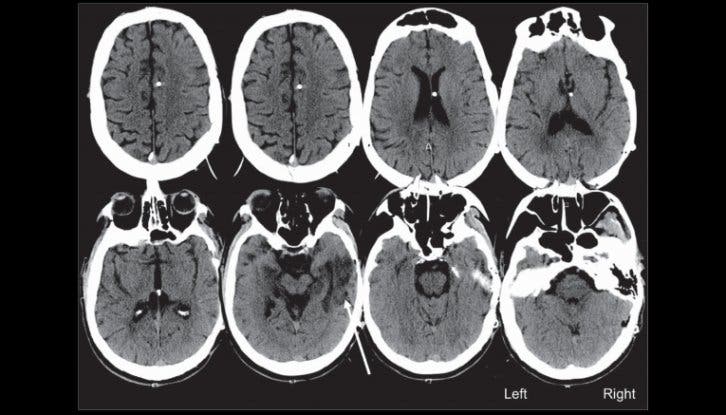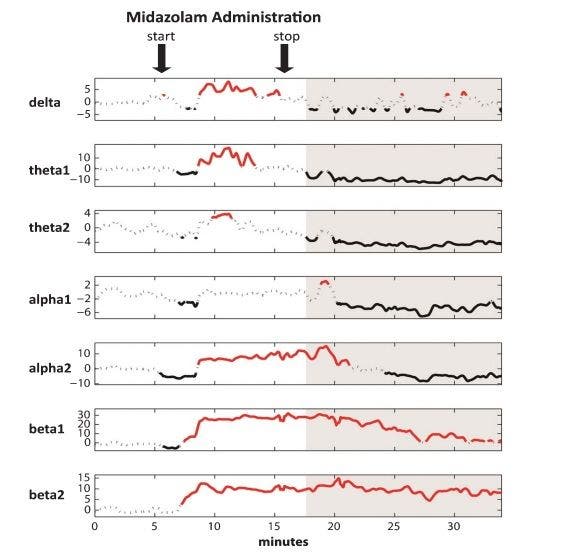A patient who has been in a near-vegetative state for two years has been awaken after receiving a common anti-anxiety drug.The patient was in this state following a motorcycling accident he had, and after receiving the drug, he immediately became active, talking to his doctor, calling his aunt and congratulating his brother on graduating. Then, as quickly as he emerged from his near vegetative state, he reverted to it.
The patient was a man from Pisa, Italy; he had no recollection of his accident or current status – he acted as if his normal life just resumed from yesterday. Doctors gave him the drug as a mild sedative for a CT scan, but they were shocked to see the patient waking up. To make things even stranger, as the drug wore off, the patient reverted to his previous state.
The drug in case is called midazolam. Midazolam has a wide range of effects, and it has potent anxiolytic, amnestic, hypnotic, anticonvulsant, skeletal muscle relaxant, and sedative properties; the drug is also used for the nduction and maintenance of anesthesia.
After the patient woke up and fell asleep again, the doctors gave him the drug once more, and this woke him up again.
With help from EEG recordings, the neuroscientists have so far focused on activity in two regions of the brain: the task-positive network and the linguistic network.
“Our attention has focused on these two particular networks because we believe that their functional improvement has substantially contributed to determine the awakening reaction presented by our patient,” they write in the current paper. The task-positive network, in fact, has to deal with the ability to cope with and solve cognitive tasks that require explicit behavioral responses, while the linguistic one deals with language comprehension and production,” the neuroscientists explain.
This is the first time that Midazolam has been used this way. You can read the full article here.











